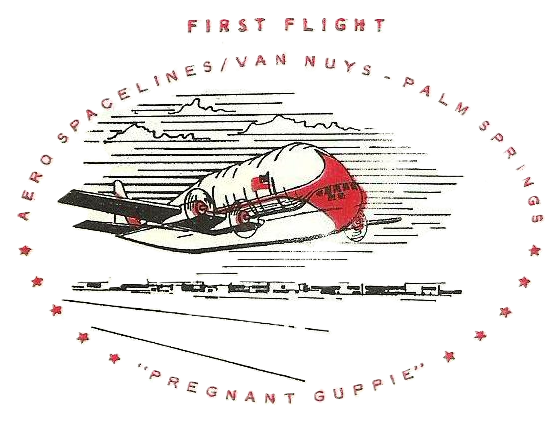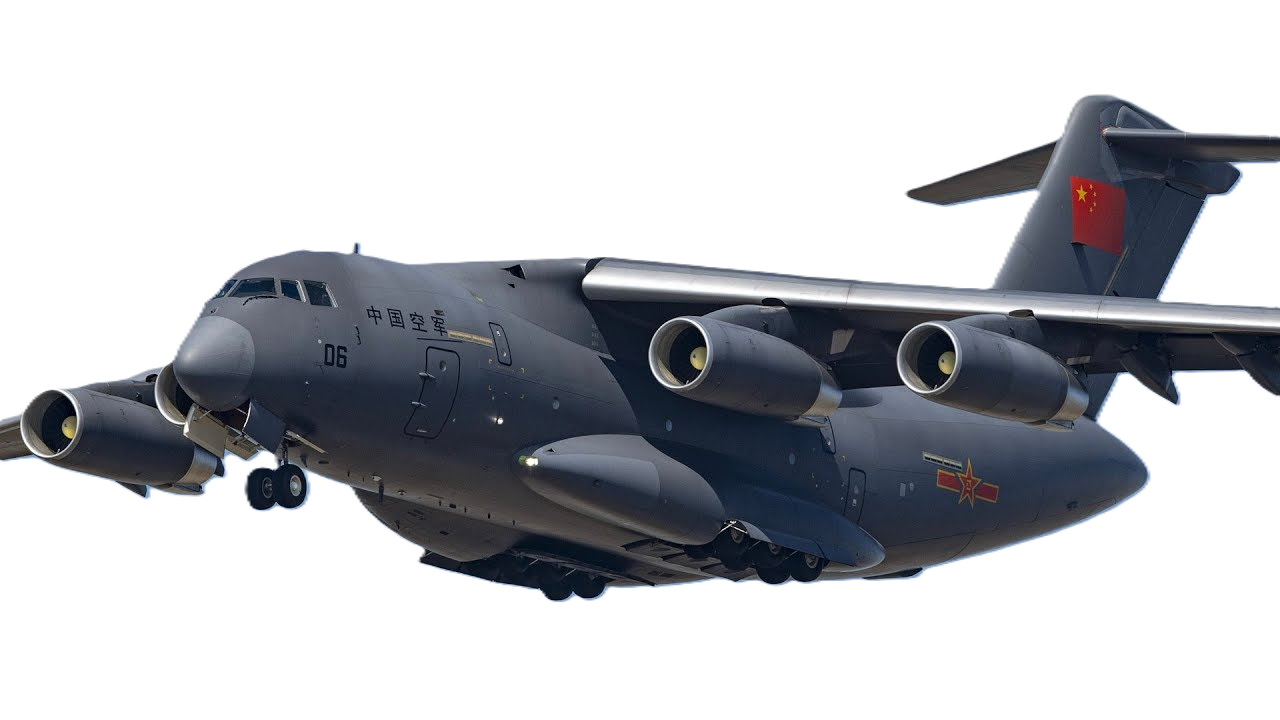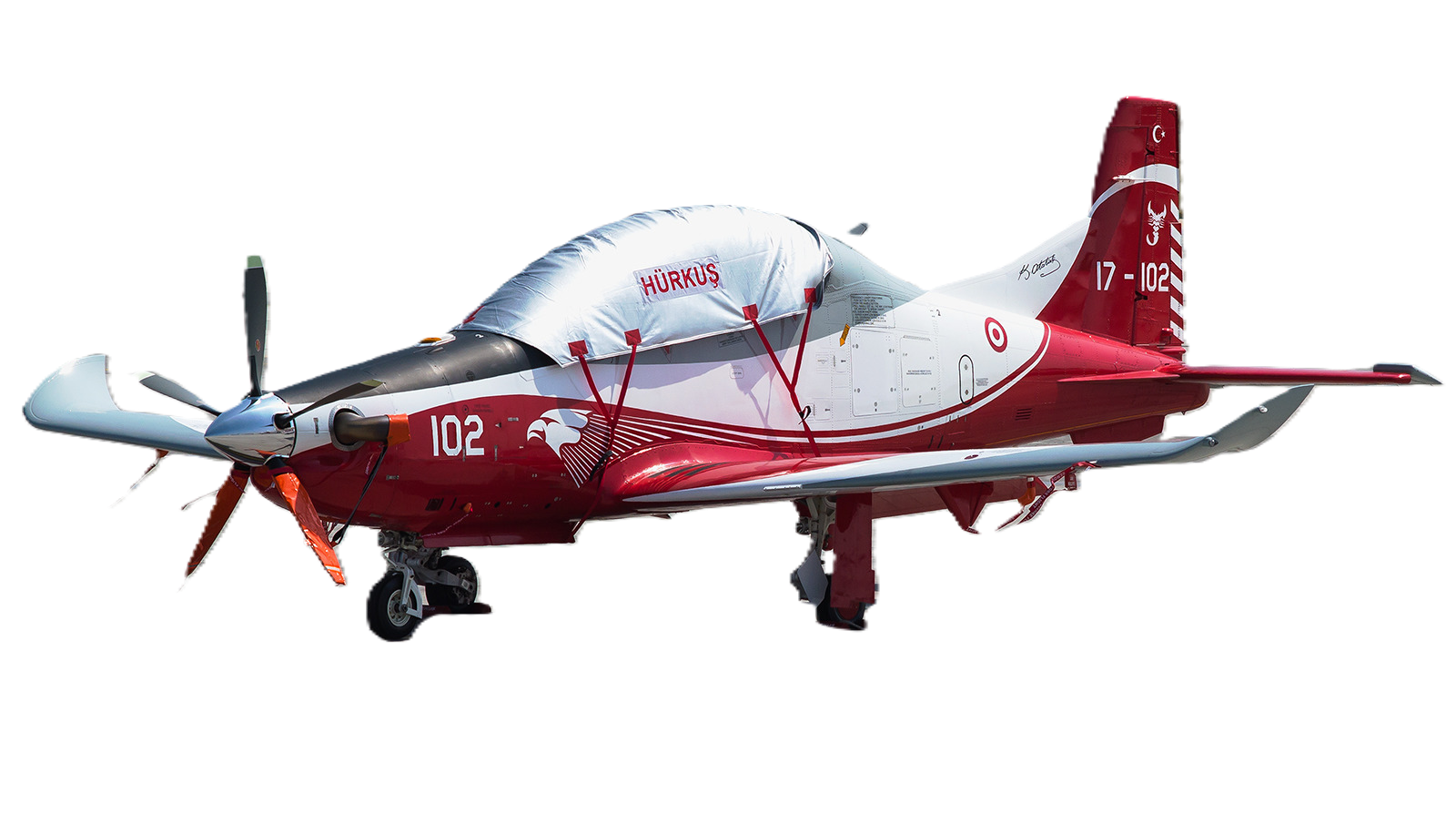The Saab 17 reconnaissance dive-bomber build 1941-1944
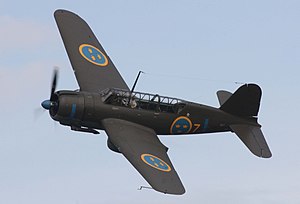 |
|
| General information | |
|---|---|
| Type | Reconnaissance-dive bomber |
| National origin | Sweden |
| Manufacturer | SAAB |
| Primary users | Swedish Air ForceImperial Ethiopian Air Force Royal Danish Air Force |
| Number built | 326 (including 2 prototypes) |
| History | |
| Manufactured | 1941–1944 |
| Introduction date | March 1942 |
| First flight | 18 May 1940 |
| Retired | 1968 (Ethiopia) |
.
History Saab AB (originally Svenska Aeroplan Aktiebolaget
The Saab 17 reconnaissance dive-bomber build 1941-1944

The Saab 17 is a Swedish single-engine monoplane reconnaissance dive-bomber aircraft of the 1940s originally developed by ASJA prior to its merger into Saab. It was the first all-metal stressed skin aircraft developed in Sweden.
Design and development:
B 17s in Trollhättan assembly hall in 1944
The project was initiated in response to a 1938 request from the Flygvapnet (Swedish Air Force) for a reconnaissance aircraft to replace the obsolete Fokker S 6 (C.Ve) sesquiplane. Design work began at the end of the 1930s as the L 10 by ASJA, but once accepted by the Flygvapnet it was assigned the designations B 17 and S 17 for the bomber and reconnaissance versions respectively, and it became better known as the Saab 17.
Ihe design chosen was a conventional mid-wing cantilever monoplane with a long greenhouse canopy and a single radial engine in the nose. Control surfaces were covered in fabric but the remainder was stressed-skin duraluminum. It could be fitted with wheels or skiis, both of which retracted straight to the rear along the underside of the wing, leaving prominent fairings, and when fitted with wheels the undercarriage doors could be used as dive brakes.[3] A retractable tailwheel was provided. A floatplane version was built in small numbers for coastal reconnaissance to replace the obsolete Svenska S 5, with massive fairings joining the floats to the wings where the wheels would have been. To maintain stability small vertical fins were added to the horizontal stabilizer. The wings were reinforced so that it could be used as a dive bomber and bomb racks were provided under the wings, along with a small bomb bay below the cockpit, although some examples used a conventional rack on the centreline, while on the bomber versions, a crutch was fitted to swing the bomb clear of the aircraft in vertical diving attacks, when the bomb could otherwise have passed through the propeller. The reconnaissance versions lacked the crutch. Split flaps broken into four segments were fitted to the underside trailing edge of the wing..
Operational history


The first flight was on 18 May 1940 and first deliveries of dive bombers to the Flygvapnet began in March 1942, while deliveries of reconnaissance versions began in June 1942, and the type was operational by September 1942 when the first exercises were carried out. Problems immediately arose with wing failures, and additional modifications were needed before it could be cleared for dive bombing, which remained limited to shallow attacks thereafter. The final aircraft was delivered on 31 August 1944.
0
KmCeiling
0
KmCombat RANGE
0
Km/hAircraft Speed
0
Max Crew
Photo Gallery
Saab AB originally Svenska Aeroplan Aktiebolaget
The Saab 17 reconnaissance dive-bomber
build 1941-1944


Saab AB Svenska Aeroplan Aktiebolaget
The Saab 17 reconnaissance dive-bomber
build 1941-1944
General Info
-
-
- Crew: Two
- Length: 10 m (32 ft 10 in)
- Wingspan: 13.7 m (44 ft 11 in)
- Height: 4.5 m (14 ft 9 in)
- Wing area: 28.5 m2 (307 sq ft)
-
Powerplant
- Empty weight: 2,680 kg (5,908 lb)
- Gross weight: 3,870 kg (8,532 lb)
- Powerplant: 1 × Piaggio P.XIbis R.C.40D 14 cylinder air-cooled radial piston engine, 790 kW (1,060 hp)
-
-
Performance
- Maximum speed: 435 km/h
- Cruise speed: 370 km/h
- Minimum control speed: 125 km/h (78 mph, 67 kn)
- Range: 1,700 km (1,100 mi, 920 nmi)
- Service ceiling: 9,800 m (32,200 ft)
Armament
-
Guns:
- 2 × fixed forward-firing 8 mm Flygplanskulspruta Ksp m/22F (M1919 Browning AN/M2) machine guns
- 1 × rear cockpit flexible 8 mm (0.315 in) Flygplanskulspruta Ksp m/22R (M1919 Browning AN/M2) machine gun
-
Bombs:
- 700 kg
.
Links to Youtube & Others
In 1940, serial building of 322 aircraft was ordered. They were to be built in five variations; S 17BL and S 17BS for reconnaissance duties, and B 17A, B 17B and B 17C for bombing duties. The letters A-C designated the different engines that could be obtained. Sometimes, engines could be obtained from Italy. Otherwise,
Saab 17 reconnaissance dive-bomber
The SAAB 17 was a reliable aircraft with good performance. However, it had a tendency to ground loop at landing.
Youtube Link
To maximise the strenght of the wing, it lacked recesses for the landing gears. The gears were folded backward-upward and were fitted with stream-lined covers









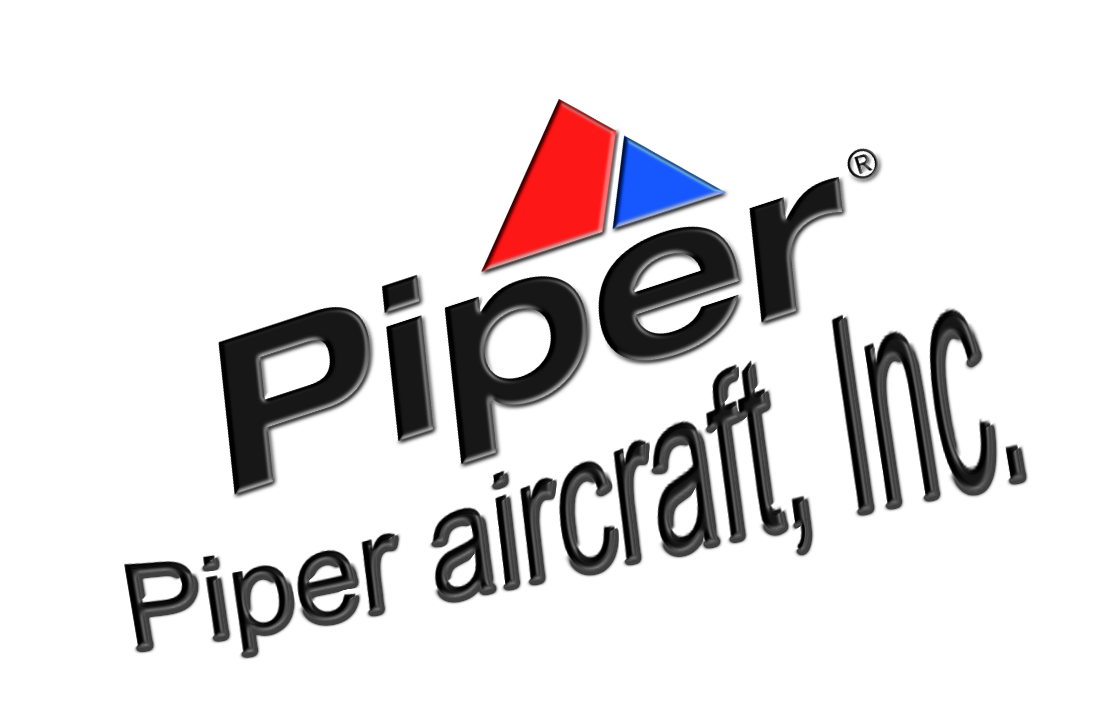
.png)
